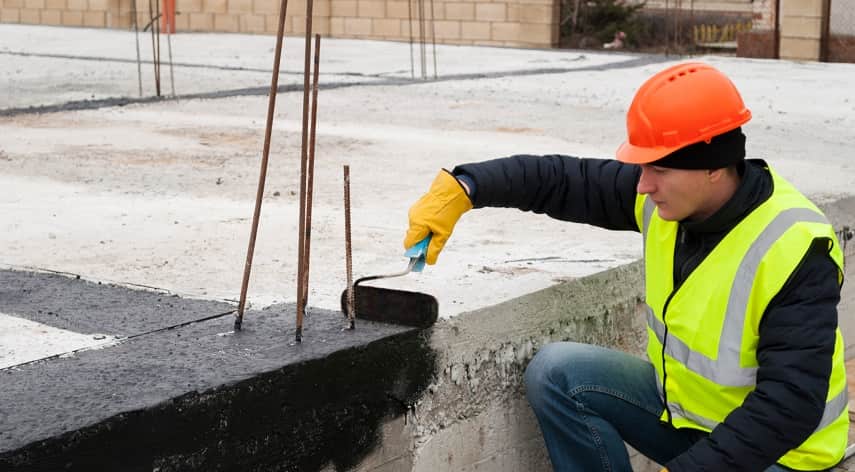A Guide to Bathroom Sink Drain Plumbing
There’s little more menacing than a slow-leaking sink drain.
The issue may be obvious, such as a missing drain plug. But more often than not, the problem stems from subtle failures that only a trained professional can identify.
The steps below guide you with emergency issues before your plumber comes to help. Here’s how to do some bathroom plumbing associated with your bathroom sink drain plumbing concerns.
Keep reading!
Table of Contents
ToggleShut off the Water
This means you should shut off the water supply using the appropriate valves before installation. Shutting off the water eliminates sudden flooding due to a leak or a burst pipe. It provides the opportunity to check the household plumbing system’s condition before continuing to install a new sink drain.
Shutting off the water is a critical first step in establishing a bathroom sink drain plumbing system. It allows you to inspect and address any potential problems before they become an issue.
Remove the Existing Drain
Unscrew the bolts with an adjustable wrench while holding onto the drain pipe to avoid damaging it. After removing the bolts, you can li9ft off and out the drain of the sink.
Make sure to have a bucket or other receptacle available for catching any water that you may have collected in the drain pipe. Dispose of the old drain and remove any debris from the sink area. If you are not sure how to do this, then you might want to check for tips or assistance from aspenplumbingservices.com.
Install the New Drain Assembly
Be sure to read the directions that come with your new drain assembly, as each type may have different instructions for installation. You’ll have to remove the sink drain plug and unscrew the mounting nut to remove the old drain assembly.
Clean and prepare the sinkhole before setting the new drain assembly in place. Tighten the mounting nut, clean any excess putty, and attach the gasket to hold the drain in place.
If you have a pop-up drain assembly, place the lift rod in the valve assembly and attach it to the drain stopper. Make sure to test the drain and plug to make sure they operate as expected.
Install the P Trap
Installing the trap is essential for the sink drain to function. The connection of the trap is from the underside of the sink. It is generally secured with locknuts to the tailpiece and P-trap arm.
A simple P-trap requires a small slip-joint nut and slip-joint washer, while a dielectric trap requires a slip-joint nut and gasket. A basin wrench is an ideal tool for tightening the locking nut.
Assemble the trap and tailpiece, set the trap below the sink drain, and connect it to the wall diy plumbing. Once the web is fitted, run water through the sink to test for leaks. Finally, secure the trap in place with the locknuts, and the installation is complete.
Learn Some Bathroom Sink Drain Plumbing
Proper bathroom sink drain plumbing must be done to ensure your sink functions and avoid costly repairs. Always consider safety precautions and have an expert double-check any tricky plumbing jobs. Contact a professional plumber to ensure your bathroom is in top shape and running.
Found this article helpful? Please browse through our other blog posts for more tips.
Pankaj Majumder, a seasoned Civil Engineer, combines technical expertise with a passion for innovative infrastructure solutions. With a strong academic background and diverse project experience, he excels in creating sustainable and resilient structures that shape the future of urban development.
Recommended For You
Spread the loveWhile moving to your new city, there are a lot of things to be taken care of. Forgetting
Spread the loveHyderabad is a city that experiences heavy rainfall during the monsoon season. This can often lead to water
Spread the loveWhen it comes to streaming services, Roku is one of the most popular and cost-effective options on the





